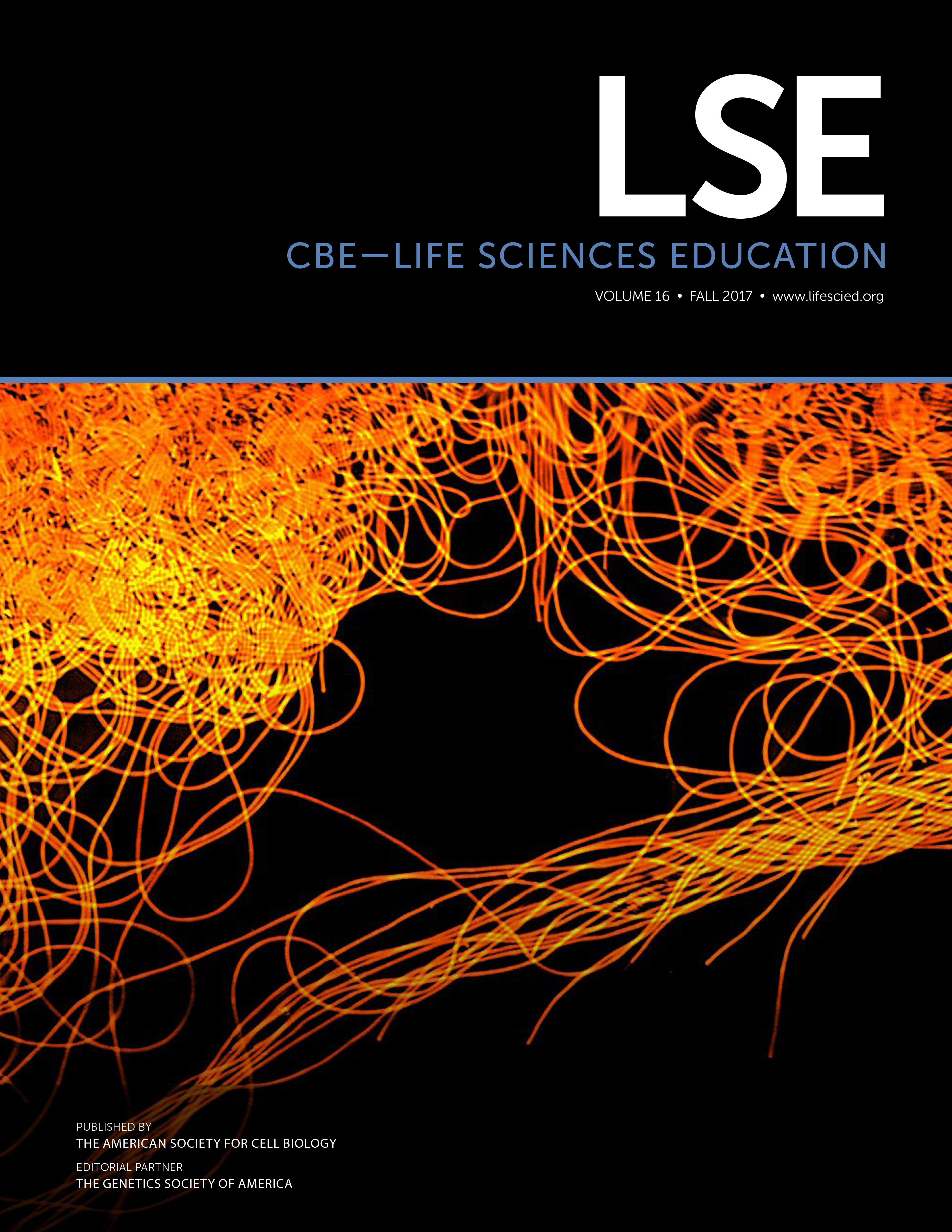Abstract
Although instruction on meiosis is repeated many times during the undergraduate curriculum, many students show poor comprehension even as upper-level biology majors. We propose that the difficulty lies in the complexity of understanding DNA, which we explain through a new model, the DNA triangle. The DNA triangle integrates three distinct scales at which one can think about DNA: chromosomal, molecular, and informational. Through analysis of interview and survey data from biology faculty and students through the lens of the DNA triangle, we illustrate important differences in how novices and experts are able to explain the concepts of ploidy, homology, and mechanism of homologous pairing. Similarly, analysis of passages from 16 different biology textbooks shows a large divide between introductory and advanced material, with introductory books omitting explanations of meiosis-linked concepts at the molecular level of DNA. Finally, backed by textbook findings and feedback from biology experts, we show that the DNA triangle can be applied to teaching and learning meiosis. By applying the DNA triangle to topics on meiosis we present a new framework for educators and researchers that ties concepts of ploidy, homology, and mechanism of homologous pairing to knowledge about DNA on the chromosomal, molecular, and informational levels.



